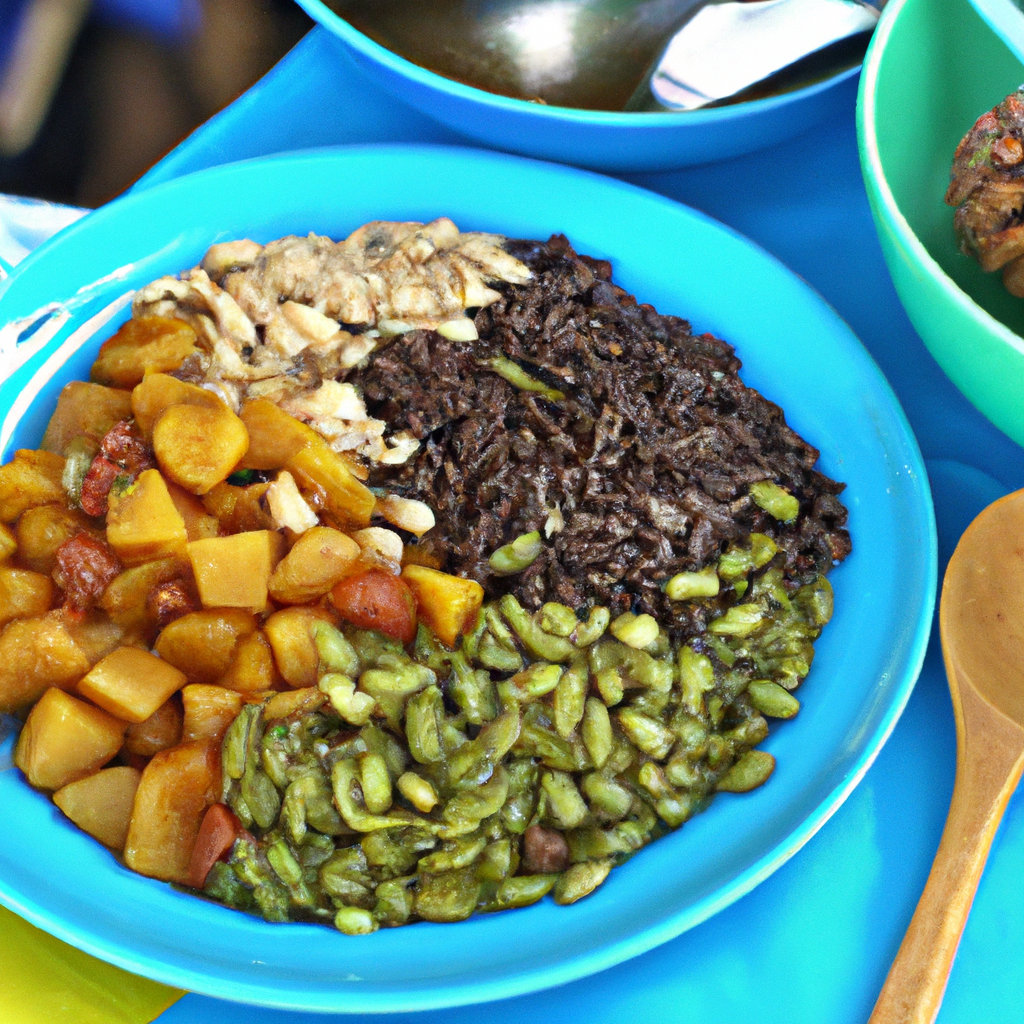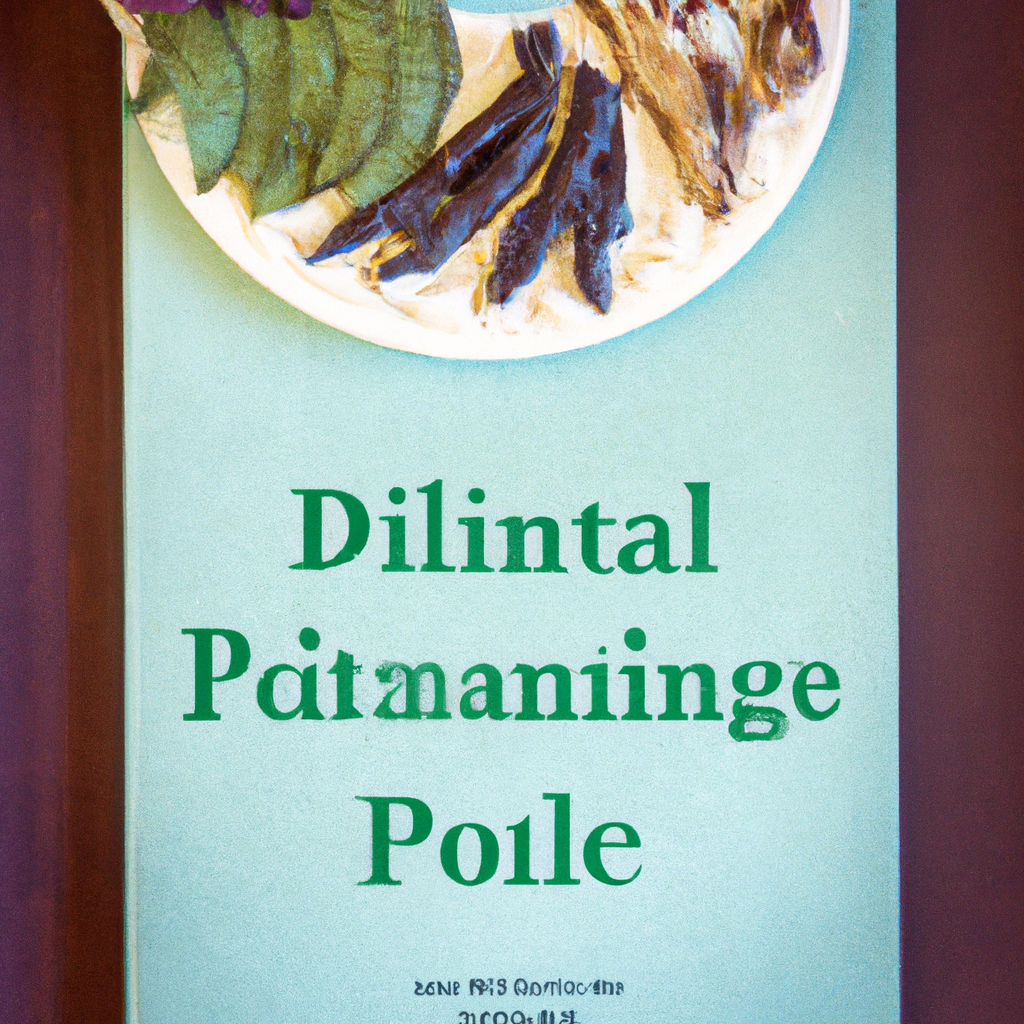From cornbread to buffalo tenderloin, Northern North American cuisine has long been celebrated and enjoyed by generations of local Indigenous communities. Now, by taking on the Primal diet, modern diners can connect to their past while enjoying tasty traditional dishes. Through this article, explore how we can honor our ancestors while creating delicious Primal-friendly meals.
1. Celebrating the Ancient Wisdom of North American Food Traditions
The history of food is deeply intertwined with that of humanity, with rich traditions forging deep connections to the land that formed untold generations of cultures. For centuries, North America has continually served as one of the most diverse and vibrant hubs of food culture and cuisine, taking the best of what nature has to offer and transforming it into a history of unique and flavorful dishes.
At the heart of the North American food tradition is its ancient wisdom, a deep understanding of the environment that inspired generations of culinary innovators. From Native Americans’ preservation of the bison, to the influence of European settlers and their partnership in transforming and improving traditional dishes, the power of food has been central to the people living in North America for centuries.
The ancient wisdom of North American food traditions has many delicious reflections today, including:
- Smokehouse Fish Salads – Inspired by Native American traditions, this unique dish is all about simplicity; smoked herring or trout paired with herbs, scallions, and briny capers.
- Succotash – This traditional Native American dish has undergone many transformations over the years, but the basic recipe is made with corn, lima beans, tomatoes, and spices.
- Gumbo – This iconic dish has European, African, and Native American influences, and is widely popular in the American south due to its robust and flavorful ingredients.
- Beef Jerky – A perfectly preserved way of preserving meat for a long time, this Native American dish has been popular for centuries.
From its roots in ancient wisdom to its modern iterations, North American food traditions are deep, diverse, and full of flavor. Whether you’re looking to bust out the skillet and fry up some fish or you’re craving a sweet and smoky stew, the history of North American food is sure to have something special to offer!
2. Indigenous Superfoods: Deriving Health from Nature’s Bounty
If you’re looking to take your health and wellness journey to a new level, then give Indigenous Superfoods a try! These natural superfoods, treasured for centuries by Indigenous cultures, are bursting with an incredible array of minerals, vitamins, and essential fatty acids. From traditional staple foods such as quinoa and amaranth, to the colorful pigments found in coca leaves – Indigenous Superfoods provide an array of options to supercharge your health.
Nutrient-Packed Superfoods: By utilizing traditional Indigenous Superfoods as part of your everyday diet, you can get an optimal dose of essential vitamins and minerals. For example, quinoa is a superfood relative of leafy green vegetables, which provides superior amounts of protein, fiber, iron, magnesium, zinc, and antioxidants. With rich amounts of essential amino acids, quinoa helps to strengthen the body’s immune system and give it a new boost of energy.
Healing Plants: Certain medicinal plants have been used for ages by Indigenous cultures to cure a variety of ailments. Sacred coca leaves, for instance, contain powerful detoxifying and cleansing properties. Long used by the Incas, coca helps to reduce inflammation, reduce stress levels, and fight off diseases. By combining coca leaves with other nutrient-dense superfoods, you can create a powerhouse treatment that supports the bodies self-healing properties.
Promote Well-being: Indigenous Superfoods can help to promote overall well-being. Not only are these superfoods powerhouses of essential vitamins and minerals, but they also provide the body with immense amounts of energy. For instance, with manioc – an ancient superfood native to South America – your body will get an energizing boost to help you power through your day. Native avocado is also packed with incredible amounts of nutrients and healthy fats that can help to nourish the body and support long-term health.
Enjoy Traditional Treats: Many Indigenous Superfoods can be used to create deliciously creative recipes. One favorite health-promoting dish is the ceviche – a South American favorite. This classic dish combines fresh calamari, lime juice, cilantro, red onion, and tomato. But you can also make your ceviche with fish, quinoa, chilies, avocados, and more. By adding in different types of Indigenous Superfoods, you can create fun and tasty recipes that not only taste good, but also provide immense nutrition.
Indigenous Superfoods provide a powerful yet natural boost for your health and wellbeing journey. Rich in essential vitamins and minerals, these traditional superfoods can be used to create a variety of delicious recipes. Whether you’re looking for a burst of energy or looking to fight disease, Indigenous Superfoods are here to provide your body with the essential nutrition it needs.
3. A Modern Primal Diet: Rediscovering Our Lost Cuisine Habits
A modern primal diet looks to the past to find the key to unlocking a healthier lifestyle for Americans today. Eating like our hunter-gatherer ancestors did means ditching processed, unhealthy foods, and adding natural wild and organic foods to our diets that give us the maximum nutrition with the least toxin exposure.
A modern primal diet is an inclusive one, providing sustainable, low-processed meal planning solutions for omnivores, vegetarians, and vegans alike. The diet recommends eating organic and wild food sources, such as fruits, vegetables, fish, grass-fed and pastured animals, nuts, and seeds. Some foods that are not Paleo-friendly are also included, such as quinoa and amaranth. Eating this way means that you won’t be missing out on any essential nutrients, and you will be able to enjoy a variety of delicious and nutritious meals.
Here are the key tenants of a modern primal diet:
- Incorporate healthy fats from plants and animals
- Eat an abundance of vegetables and fruits
- Eat organic, wild, and free-range animal foods when possible
- Avoid processed and refined foods
- Drink water as your primary beverage
what makes a modern primal diet a beneficial option to our modern day dietary habits is that it’s not only focused on consumption of nutritionally rich foods, but also on eating for pleasure and satisfaction. It’s not necessarily about counting calories or restricting ourselves from certain foods; it’s about finding which foods make us feel best and make us the most vibrant. It is an approach to eating that embraces tradition, without disregarding modern-day advances in healthy cuisine.
A modern primal diet is not only a simple and efficient way to get the nutrition that our bodies need to be healthy, but it is also a way to connect with ancestral cooking, flavors, and cultures. When we embrace culinary traditions of the past, we are rediscovering our lost cuisine habits, and nurturing a newfound relationship with food that respects our environment and supports our overall health.
4. Cooking Up the Delicious Culture of Our Ancestors
Our ancestors gifted us with a rich and varied dining culture. From spicy hotpots to rustic family recipes, the tastes of generations past have endured to become cherished culinary staples for many of us today. But what was their secret to producing such delectable dishes?
History tells us that recipes once cherished by our forebears rose from a combination of luck, intuition and creativity. Oftentimes, traditional meals were made of whatever ingredients were readily available in the local area. Seasonal offerings of fish, meat, grains and vegetables were combined with a pinch of boldness and influence from across the seas to create regional specialties that we still enjoy today.
Fortunately, many of these traditional recipes have found their way into the 21st century, either by word of mouth or through cookbooks and online resources. There is much to learn from the artful approach of our ancestors to cooking, such as understanding the importance of seasonality and utilizing the flavors of whole spices and herbs for maximum flavor.
In an effort to keep these classic recipes alive and to pay homage to times passed, we can appreciate the culinary history of our forebears by:
- Searching for regional recipes. Start by scouring online platforms and cookbooks for traditional favorites from the area. Ask older members of the family or even local restaurants for insight.
- Experimenting with ingredients. Go beyond the basics of your recipes and explore the different ways of combining and seasoning ingredients that have been used for generations.
- Sharing what you have learned. Preserve recipes and stories by passing them along to future generations.
is something that anyone can be a part of. So let’s get creative and start cooking up traditions and stories of our own.
Through consuming primal diets and indigenous foods, North Americans are marking a return to their ancestry. This culinary journey is full of pleasure, enchantment, and healing, providing opportunities to connect with the past, strengthen a connection to the land, and learn to provide sustainable diets. By celebrating ancestral North American cuisine, we can savor the culture, spirit, and flavor of old-timey cooking that reveals the beauty and diversity of indigenous cultures.



